Bluhmja
TPF Noob!
- Joined
- Nov 12, 2007
- Messages
- 11
- Reaction score
- 0
- Location
- Western NY
- Website
- www.mustangdigital.us
- Can others edit my Photos
- Photos NOT OK to edit
Hi,
Where would I go to learn about doing my own printing? Online sources are preferred, but books would be fine too. I'm confused by all the different papers that are available (fiber, variable contrast, graded. . .) and I'd like a resource that lays it out clearly so I can get my head wrapped around it.
Also, what other good enlarger brands are there besides Beseler (units that do both B&W and color are preferred)?
Thanks,
Joshua
Where would I go to learn about doing my own printing? Online sources are preferred, but books would be fine too. I'm confused by all the different papers that are available (fiber, variable contrast, graded. . .) and I'd like a resource that lays it out clearly so I can get my head wrapped around it.
Also, what other good enlarger brands are there besides Beseler (units that do both B&W and color are preferred)?
Thanks,
Joshua


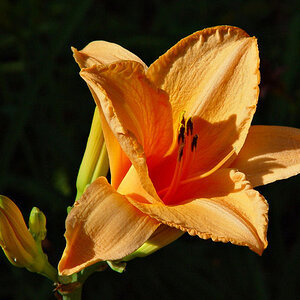

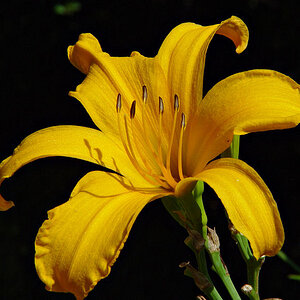
![[No title]](/data/xfmg/thumbnail/38/38263-ad5e4c9e677626ddb5b1e7cdf9ebe40e.jpg?1619738548)
![[No title]](/data/xfmg/thumbnail/32/32930-09414fc020c2a60a456ff59a05c5ef8f.jpg?1619735759)
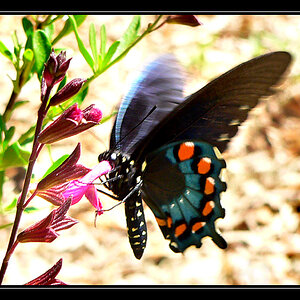
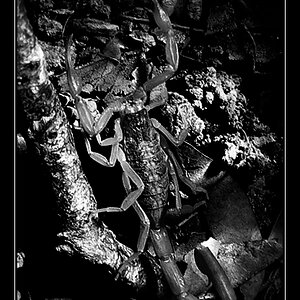
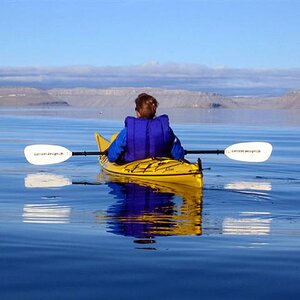
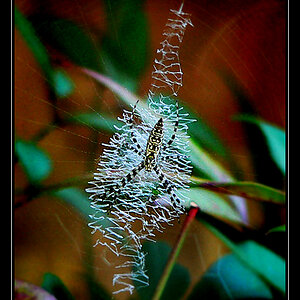
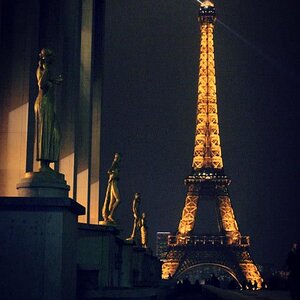
![[No title]](/data/xfmg/thumbnail/38/38261-db20f6f92ee8f0d4c5cf1536e308638b.jpg?1619738546)
